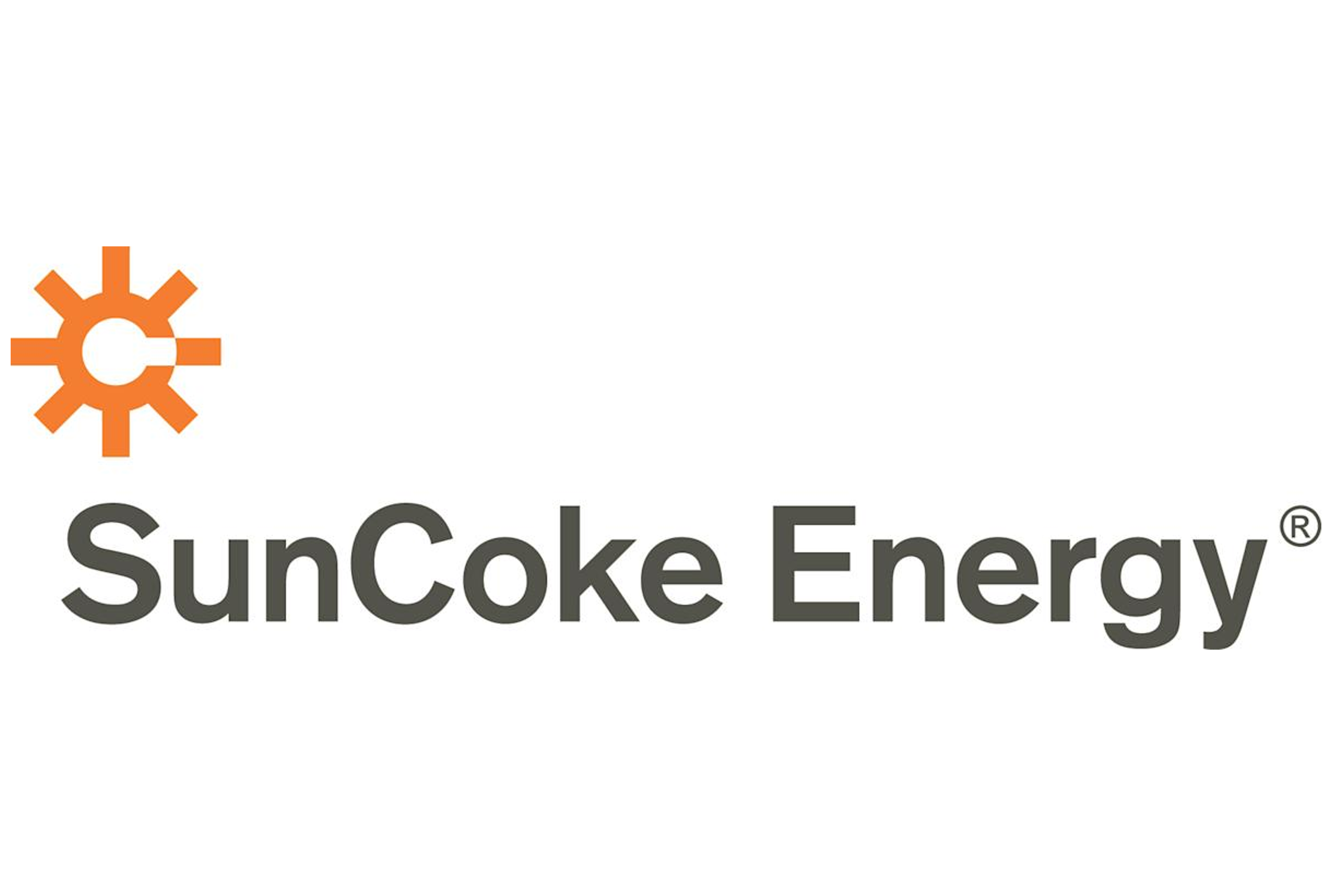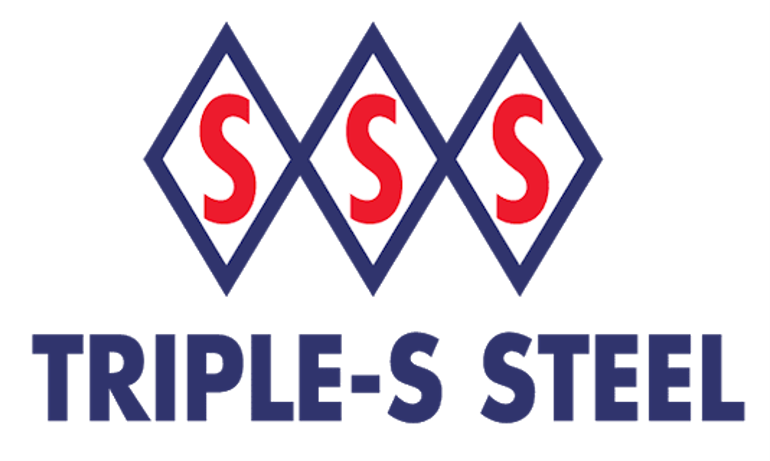Market Segment

February 14, 2017
HARDI Steel Committee: Next Move May be Higher Galvanized Prices
Written by John Packard
It has been four weeks since the last HARDI galvanized steel conference call. The call provides a forum for the HARDI HVAC wholesalers and other associated HARDI members to discuss trends affecting galvanized steel prices. Over the past four weeks market prices have eased a bit but many of the factors that drive prices are pointing toward higher galvanized steel prices in the coming weeks.
Four weeks ago, the domestic steel mills had just announced their fifth price increase since late October 2016. The target base price set by the domestic steel mills was $42.50/cwt-$43.00/cwt ($850-$860 per ton) plus extras, FOB the domestic steel mill. There have been no new increase announcements since early January.
![]() Since then, HARDI wholesalers were reporting flat rolled prices as being slightly lower than what was suggested when the announcement was made in early January. Wholesalers also reported service centers and other “non-traditional” suppliers of galvanized steel to the mechanical contractors as being more aggressive with their pricing into the marketplace.
Since then, HARDI wholesalers were reporting flat rolled prices as being slightly lower than what was suggested when the announcement was made in early January. Wholesalers also reported service centers and other “non-traditional” suppliers of galvanized steel to the mechanical contractors as being more aggressive with their pricing into the marketplace.
The wholesalers believe that we are in a “stalemate” with the domestic mills and that it will remain that way over the next few weeks. Many wholesalers were heavy buyers when the price increase announcements were originally made. They reported that their inventories are good and, as one wholesaler put it to the group, “We’re taking our foot off the gas and reducing inventory.”
A service center who is an active member of HARDI told the group that they were seeing strong demand and the psychological support was, “…almost off the charts positive.” They went on to say when they review their shipment rate versus the orders on the books with the domestic steel mills they know they will need to re-stock soon.
Of the wholesalers who spoke during the approximately 45 minute-conference call, almost all of them reported good demand for their products. Most of the mechanical contractors were no longer building positions but rather buying as they need the steel. There are many jobs “on the books” that are waiting to be released so as the year progresses the wholesalers appear to be quite optimistic about their businesses.
SMU posed the question if the wholesalers believe prices would rise or fall from here. Those responding to our query told us of their belief that prices would move higher, rather than lower, from here. They did not see a need for the mills to lower prices as iron ore prices have increased, foreign steel is higher priced and available from fewer sources than a year ago, scrap prices – once thought capable of driving prices lower – have moderated and in March we could see flat rolled turn around and head higher from here.
A Midwest wholesaler told the group, “…We are hearing rumblings of scrap prices going up in next couple of weeks. To me that is kind of putting something out there for a price increase but I think they are holding on to keep the price from slipping. If you look at the monthly CRU number it is up slightly from January to February, but if you look at the weekly numbers they are actually softening a bit the last couple of weeks. And that is more indicative of what we are seeing from some of our sources. Demand is good, especially if you look at year over year numbers, we are tracking real nice in 2017 over 2016 in the same period. Where a lot of our heartburn is coming from right now is with street pricing. As the pricing offers in the steel market stagnate over the past two months, it seems pricing discipline has waned. The price spread between large and small buyers becomes almost nonexistent. We are seeing, in the past we discussed the nontraditional suppliers in our market, now I would say we are seeing some of the smaller tiered suppliers in terms of their steel sales are having more of an impact. I attribute that to pricing discipline waning due to stagnant market. Also, when prices aren’t running—they aren’t going up, they aren’t going down–purchasing strategies are a lot less effective.”
Wholesalers reported foreign offers as being more competitive as one buyer told the group, “We’ve seen offers coming back from foreign at much more aggressive numbers than before.”
A service center asked the group, “The biggest question right now, is what is overall demand going to be and what will happen with the supply/ demand equation? BRS coming on, NLMK is putting on another line, overall imports are down significantly from where they were but, they went to levels where they should never have been in the first place. There is steel is out there. Now the mills seem a little more disciplined, not hearing about AK and US firing anything new up right now, or any of the idled mills up right now. So, we all need to look and gauge demand today and put that in perspective. Do we feel good about demand today, and if we do we will probably see things push upward, if don’t feel good about demand in your maker you may see things settle [remain where they are or drift lower]. Don’t forget about zinc, over $1.30 now, for past two weeks and holding that level and with all of us being coated product buyers, it is something that mills will be less willing to negotiate on zinc extras.”
A number of those on the call voiced their opinion that we could see an upside surprise with galvanized steel prices in the coming weeks.
SMU Note: LME zinc was trading at $1.33 per pound in mid-afternoon trading, February 14, 2017. One month ago it was approximately $1.24 per pound and one year ago it was $0.88 per pound.
HARDI = Heating, Air-conditioning, Refrigeration, Distributors International: the wholesalers who supply HVAC products to mechanical contractors for residential and non-residential construction.







